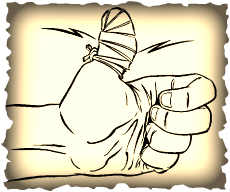
"How cold does it get?" "Cold! It gets so cold that the temperature stays at 35 below or lower for weeks at end."

Beware of windage and beware that the person you ask for advice my know less than you do.
Hey, maybe Paul's story was windage.
To See Tip #13 click here
To See Tip #15 click here (inactive at this time)
Adapted from The Camper’s Guide to Outdoor Pursuits by Jack Drury and Eric Holmlund published in 2006 by Sagamore Publishing
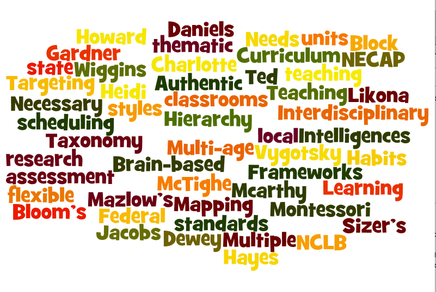
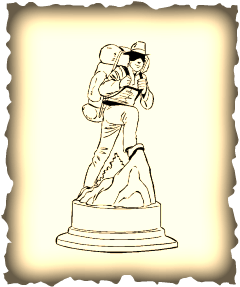



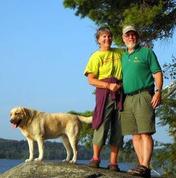
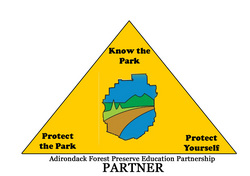
 RSS Feed
RSS Feed
